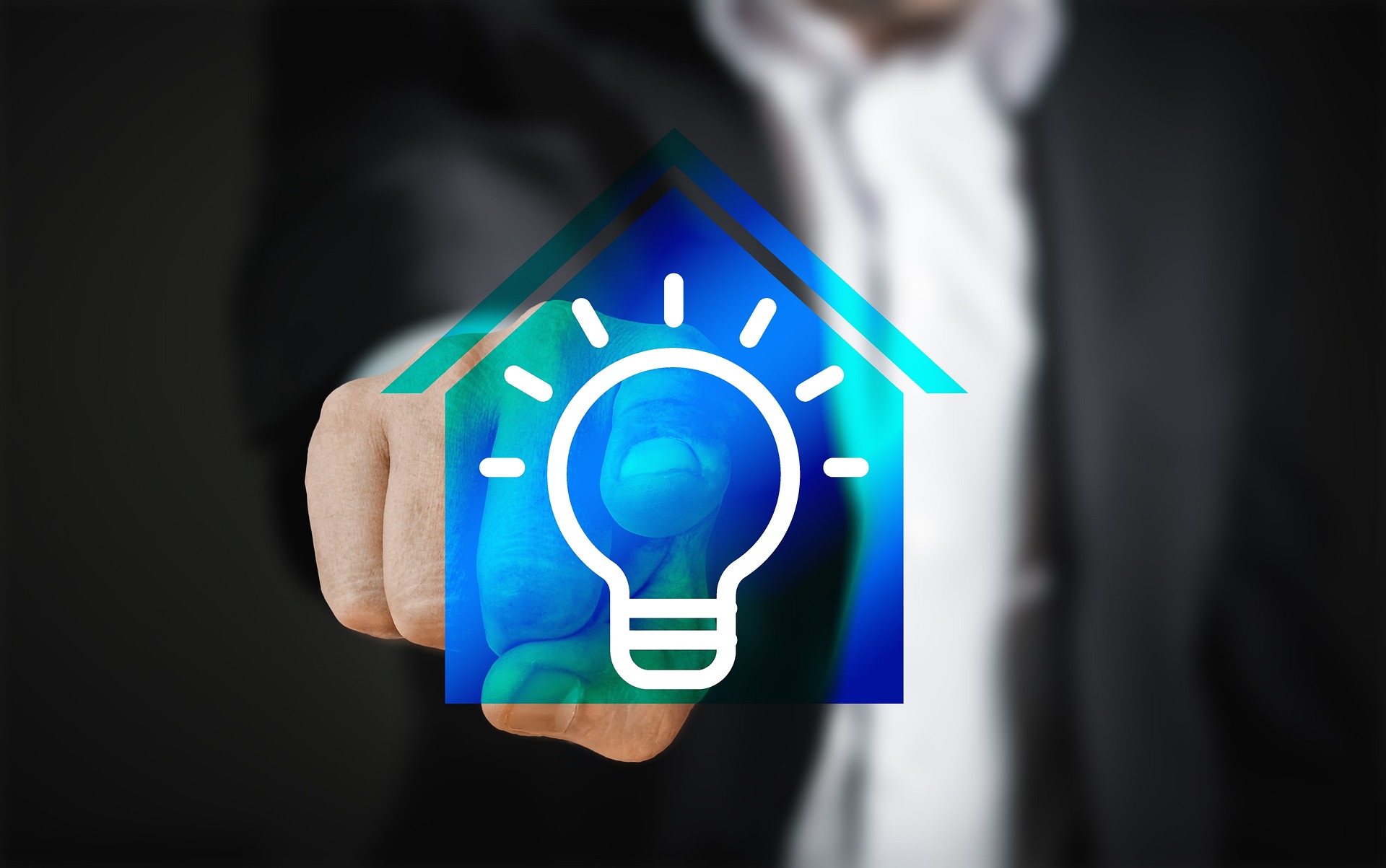Technology
Smart Home Technology Advantages You Should Know

Smart home technology involves connecting gadgets, devices and appliances to a Wi-Fi network or hub in the home for control via smartphones or apps.
An intelligent home system automates routine tasks to help make life simpler and improve security and energy efficiency. They help more than dealing with interior design trends.
Energy efficiency
Smart homes can help save energy by automatically turning on and off appliances, lights and thermostats when necessary – which often results in significant savings on energy consumption and can help lower electric bills significantly.
Many smart home systems allow you to remotely control lighting, heating and air conditioning with smartphones or other mobile devices. You can set schedules to turn devices on/off at set times; geofencing enables devices to turn themselves off automatically while you’re away or sleeping.
Energy Star certified smart home energy management systems can help increase energy efficiency and lower electricity bills in your home, as well as suggest energy saving actions based on room or home occupancy. They include many energy-saving features, such as standby limits for devices that use electricity; grid communication capabilities to enable demand response functionality; utility time of use pricing integration that runs appliances or charges electric vehicles off peak; as well as suggesting energy-saving actions based on room or home occupancy.
Home management
Home management is an indispensable skill that can streamline life, reduce stress and boost mental wellbeing. From keeping track of rent payments to scheduling repairs, having an organized routine in place for home management is crucial for effective home life.
Utilizing smart home technology can make managing these tasks simpler from any location with internet access. A smart home allows you to monitor appliances, thermostats, lighting controls, security measures and entertainment with voice command control or mobile device usage.
Smart homes have quickly become increasingly popular among both apartment residents and homeowners, offering increased efficiency at reduced costs while providing features not possible without this technology.
Establishing a smart home involves choosing devices, setting up network protocols, and connecting them into an automated system. Once that’s in place, you can automate certain events or triggers such as temperature changes, weather conditions, motion or anything else happening around your home to activate certain responses and systems within it.
Security
Home security has become an increasing worry among many. Hackers can gain entry to smart devices, disabling lights or alarms without permission and even unlock doors without permission from their owners.
NTT Data Corp. states that older homes, which may feature outdated smart-home technology with no modern wireless network or encryption protections in place, pose particular danger. NTT Data Corp. says these vulnerabilities are making smart homes vulnerable to attack.
Cybercriminals can use insecure IoT devices to gain access to personal data that they then use for identity theft and fraudulent transactions, leading to identity theft or fraudulent transactions. Unfortunately, most IoT vendors fail to offer special-purpose security solutions necessary to secure these devices from cyberattack.
To reduce these risks, smart-home devices must be authenticated prior to connecting to a home network. Two-way authentication employing cryptographic algorithms involving either symmetric keys or asymmetric keys ensures only legitimate devices connect – this can help avoid attacks like Mirai which infiltrated interconnected cameras, DVRs and routers in October 2016 in an unprecedented DDoS attack that brought down parts of the Internet in a series of distributed denial-of-service (DDoS) attacks.
Connectivity
Smart home technology provides a convenient way of connecting appliances and devices in your house that can be controlled remotely through apps or wireless or hardwired connections.
Connectivity refers to how well a device communicates with other devices or a computer, making smart home products a key feature that allow users to control their home remotely from anywhere around the globe.
Mesh networking is one of the newest smart home technologies that utilize radio waves instead of power lines to transmit messages between devices.
AI and machine learning technologies have also become more prominent in smart home systems, enabling them to learn about your lifestyle and adapt accordingly. This can make automating your home easier or even enhancing daily routines altogether.
Smart home tech can collect a lot of personal data about you. Therefore, it is crucial that you are informed on its inner workings and understand your rights to privacy and data protection.











